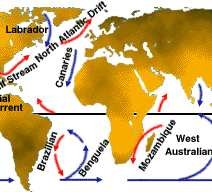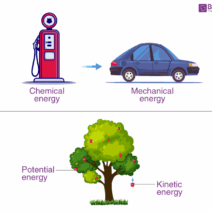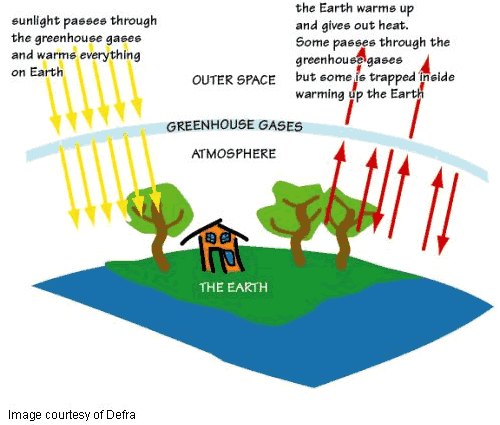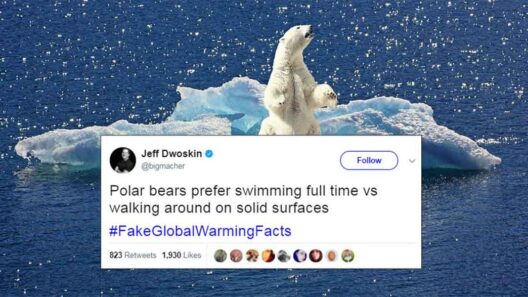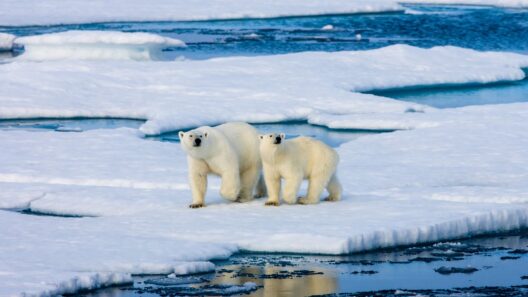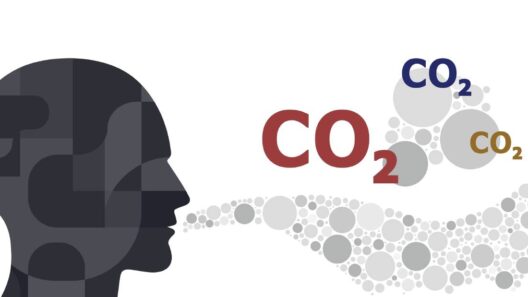As we peer into the depths of our atmosphere, it becomes clear that Earth is cocooned within a delicate tapestry—a “blanket” woven from gaseous threads that play an instrumental role in sustaining life. This intricate arrangement of gases is pivotal, functioning simultaneously as both a protective shield and a potential harbinger of climatic chaos. Understanding this ethereal covering, specifically in relation to greenhouse gases, unveils the true dynamics of our warming planet.
To commence this exploration, we must first identify the principal constituents of our cozy blanket: carbon dioxide (CO2), methane (CH4), nitrous oxide (N2O), and water vapor. Each of these gases contributes uniquely to the greenhouse effect—the process by which heat is retained within the atmosphere, subsequently warming the Earth’s surface. Just as the layers of an onion encase the core, these gases envelop our planet, trapping heat from the sun while permitting the essential wavelengths of light to enter.
In essence, the greenhouse effect is a natural phenomenon that has existed long before the advent of industrial society. Solar radiation bathes the Earth, and while a portion of it is reflected back into space, most is absorbed, warming the planet’s surface. This warmth is then re-emitted in the form of infrared radiation. Enter the greenhouse gases. Instead of allowing this thermal radiation to escape back into space, they seize upon the outgoing energy, re-radiating it in all directions, including back towards the surface. This not only maintains the planet’s temperature but also creates a hospitable environment, one that has permitted life to flourish across millennia.
However, this intricate balance is now under siege as humanity’s persistent reliance on fossil fuels has introduced excess quantities of greenhouse gases into the atmosphere. Picture the blanket: it transforms from a snug coverlet into a heavy, suffocating quilt. Since the Industrial Revolution, the concentrations of these gases have surged, thanks primarily to human activities such as burning coal, oil, and gas, agricultural practices, and deforestation. The stark rise in CO2 levels, for instance, has surged from approximately 280 parts per million (ppm) before industrialization to over 410 ppm today—an unprecedented increase in geological terms.
Amidst this alarming trajectory, methane—a gas often associated with livestock and landfills—holds a remarkable potency. Although it exists in lower concentrations than CO2, methane possesses a global warming potential that is drastically more significant. Over a 20-year period, it is estimated to be 84 times more effective at trapping heat in the atmosphere compared to carbon dioxide. Herein lies an enticing yet concerning facet of our atmospheric blanket: its ability to amplify warming beyond what one might intuitively calculate.
The burgeoning accumulation of greenhouse gases does not merely warm the atmosphere; it has far-reaching consequences manifesting as unprecedented weather patterns, polar ice melt, and rising sea levels. The implications extend beyond the unrivaled beauty of nature into the realm of human comfort and safety. We are witnessing the increasing frequency of extreme weather events—floods, hurricanes, droughts—that serve as nature’s unyielding reminders of the price of our negligence towards this fragile blanket.
Moreover, the repercussions of our warming planet reverberate across ecosystems, impacting biodiversity and the delicate relationships that govern species interdependence. As temperatures rise, flora and fauna cannot adapt swiftly enough to the climatic shifts. This not only threatens habitats but triggers cascading effects throughout food webs, engulfing entire ecosystems in peril.
Addressing this existential crisis demands a dual approach: mitigation and adaptation. Mitigation involves reducing the emissions of greenhouse gases to effectively unwind our atmospheric blanket. Transitioning to renewable energy sources like solar, wind, and hydroelectric power exemplifies a proactive stance. In tandem, adopting energy-efficient technologies, enhancing public transportation, and promoting sustainable agricultural methods are vital strategies. Each action, however trifling it may seem, results in significant cumulative effects.
Adaptation, on the other hand, prepares society for the realities of climate change that are already in motion. This entails enhancing infrastructure to withstand floods or constructing resilient housing in vulnerable areas. Communities must foster a collective ethos that underlines the principle of coexistence with nature rather than dominance over it. Policy reforms and educational initiatives can fuel a societal transformation, grounding it in environmental stewardship.
Yet there remains an intriguing duality within this climate narrative. The adaptability of our planet is juxtaposed with the fragility of our current predicament. While Gaia’s dynamic systems possess innate rhythms of resilience, the rapid alterations wrought by anthropogenic influences pose formidable challenges. The symbiosis between humanity and the planet calls for harmonious collaboration rather than adversarial competition. Our relationship with the atmospheric blanket must be symbiotic, evolving into one where conservation and rejuvenation are paramount.
Ultimately, understanding the metaphor of Earth’s blanket compels a deeper appreciation for the interconnectedness of all life forms. Our warming planet can be likened to an orchestra where each instrument, each note, contributes to a symphony of existence. When one section falters—be it the trees absorbing CO2, the oceans regulating climate, or the myriad living organisms—they all alter the harmonious balance of our climatic concerto. The time has come to orchestrate a new movement—one in which we recognize our role not as mere occupants but as stewards of this exceptional blanket.
In summation, decoding Earth’s blanket signifies more than unraveling a complex scientific phenomenon; it embodies an urgent call to action. As the threads of greenhouse gases tighten, we must galvanize our efforts to reweave this vital tapestry. For the fate of our planet rests not only in understanding its mechanics but in forging a collective will to sustain it for generations to come. Our choices today will determine the texture and warmth of the blanket for tomorrow’s inhabitants—an inherited legacy that demands a judicious approach to our environmental stewardship.
